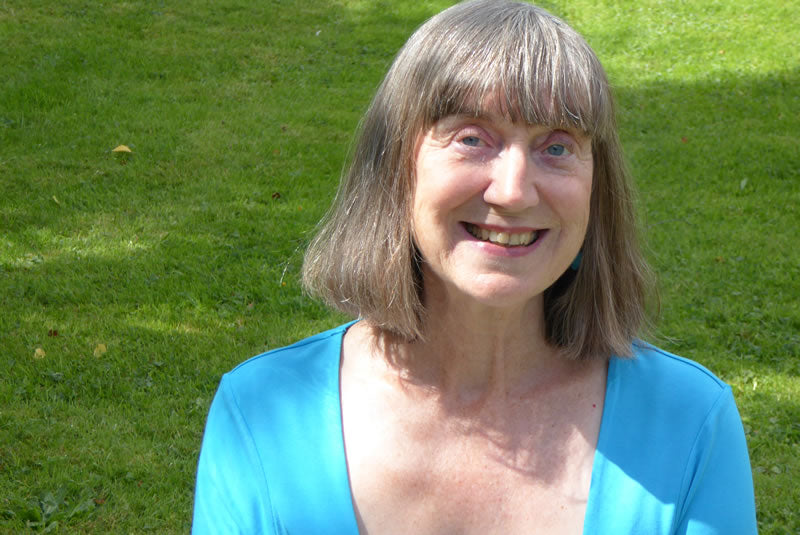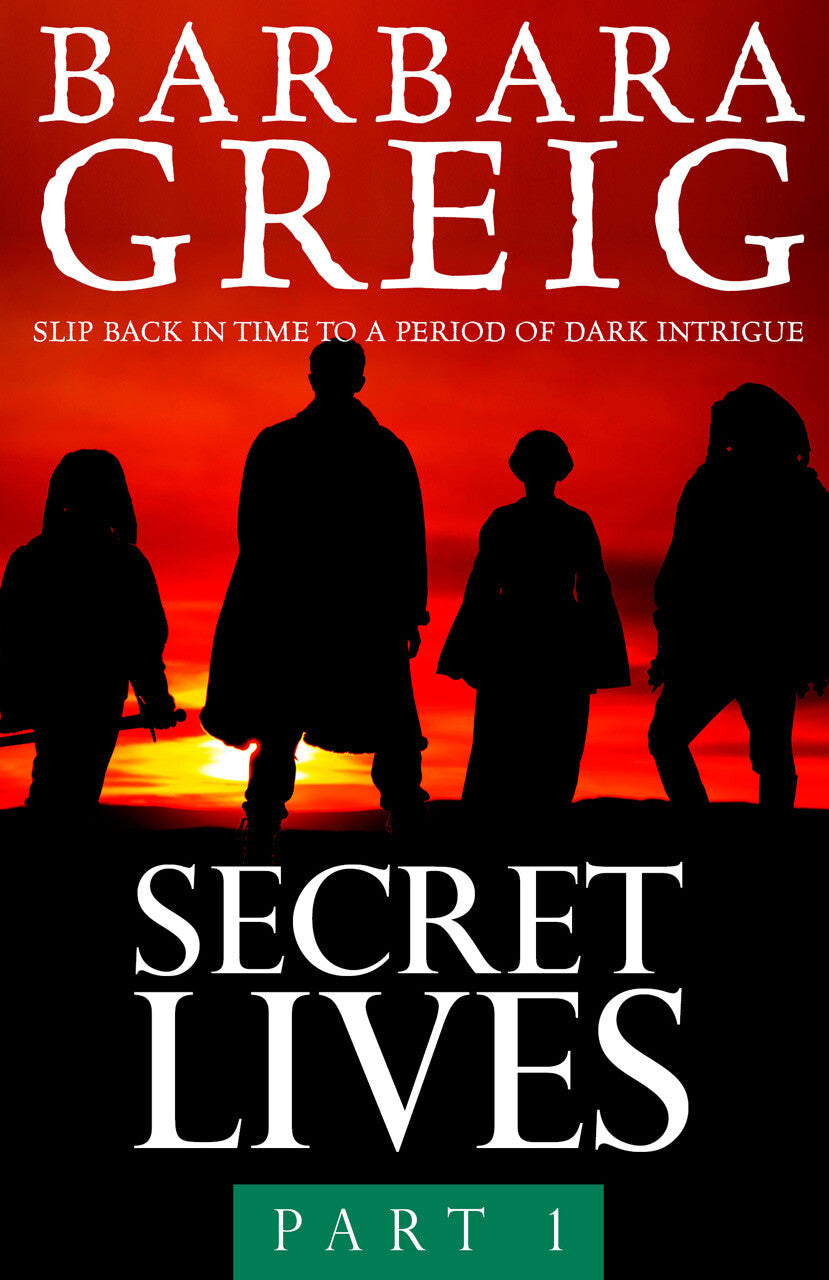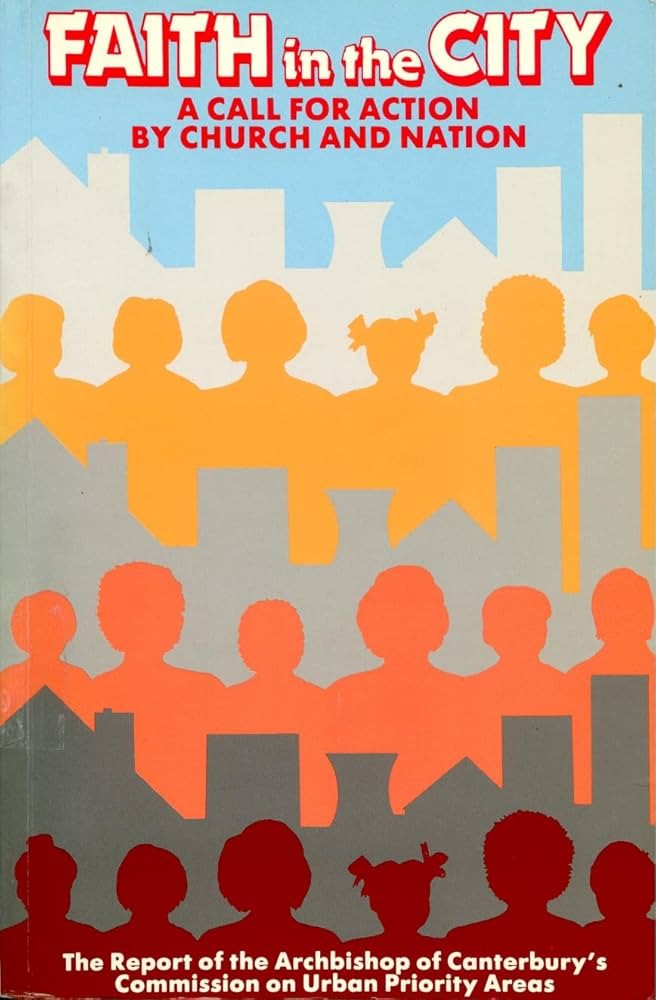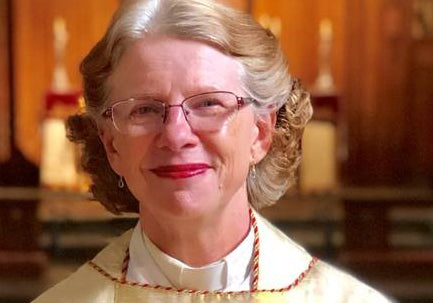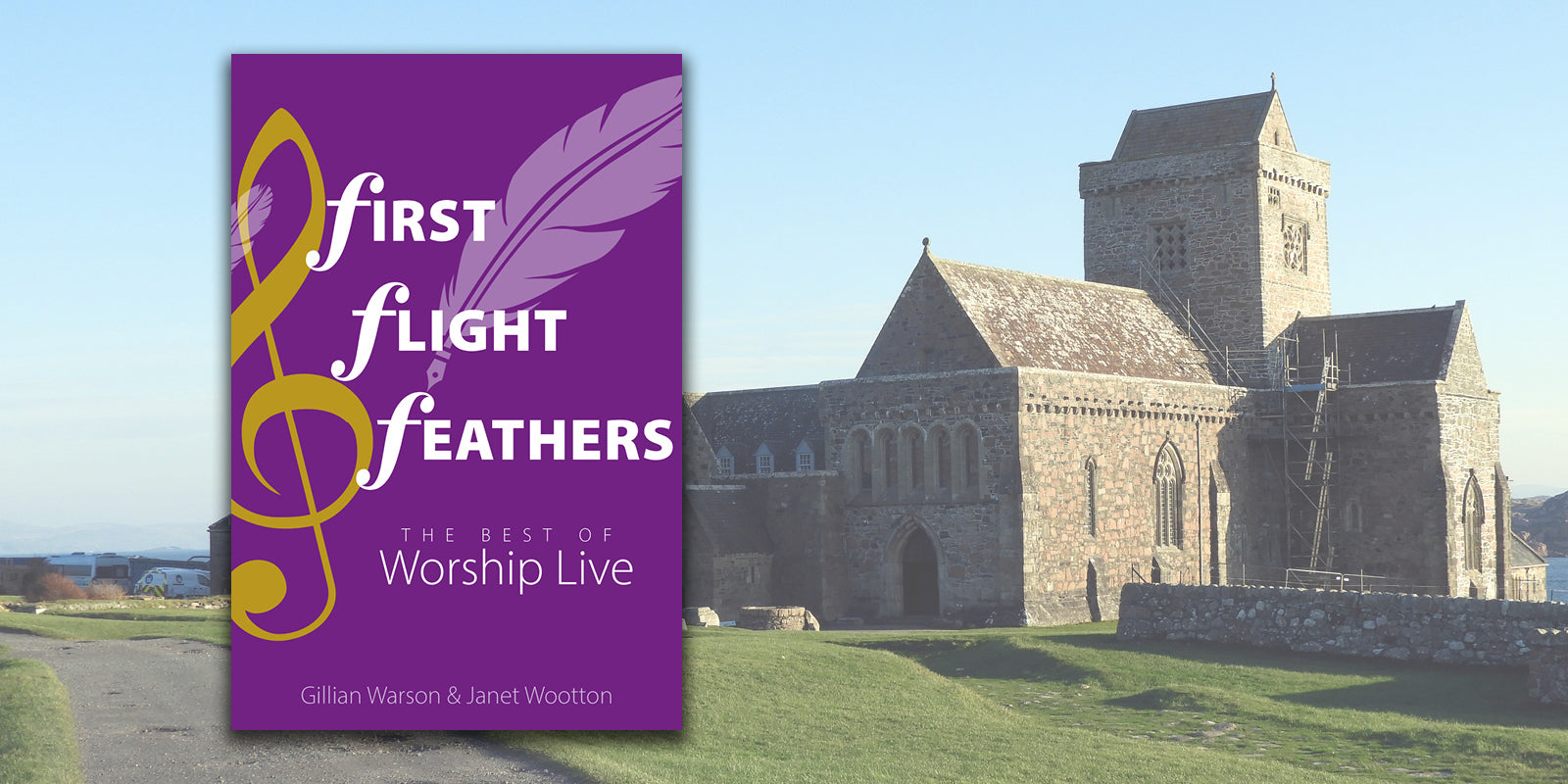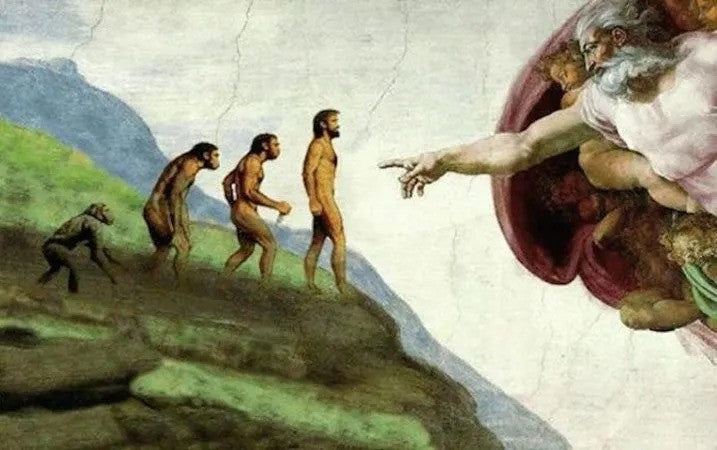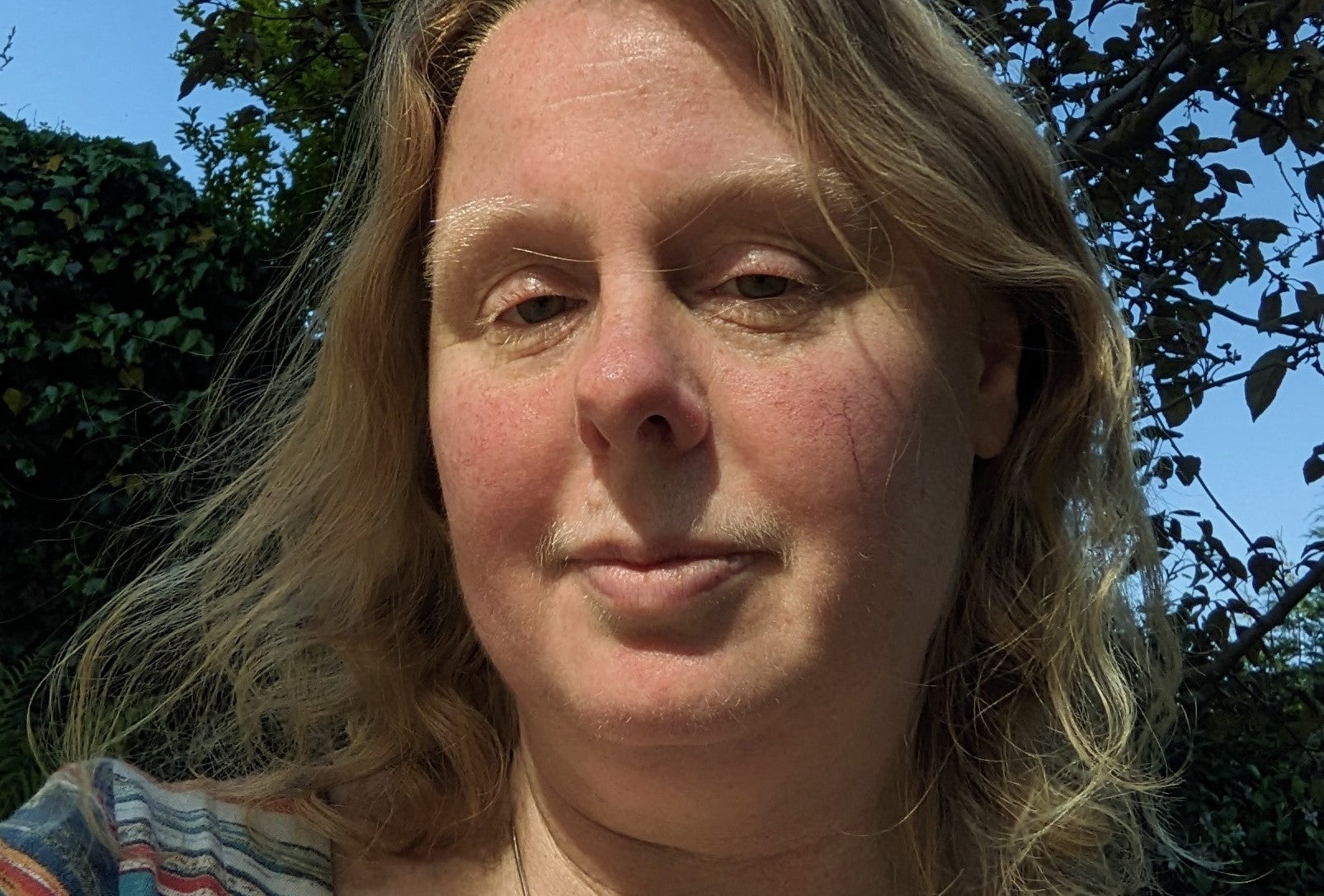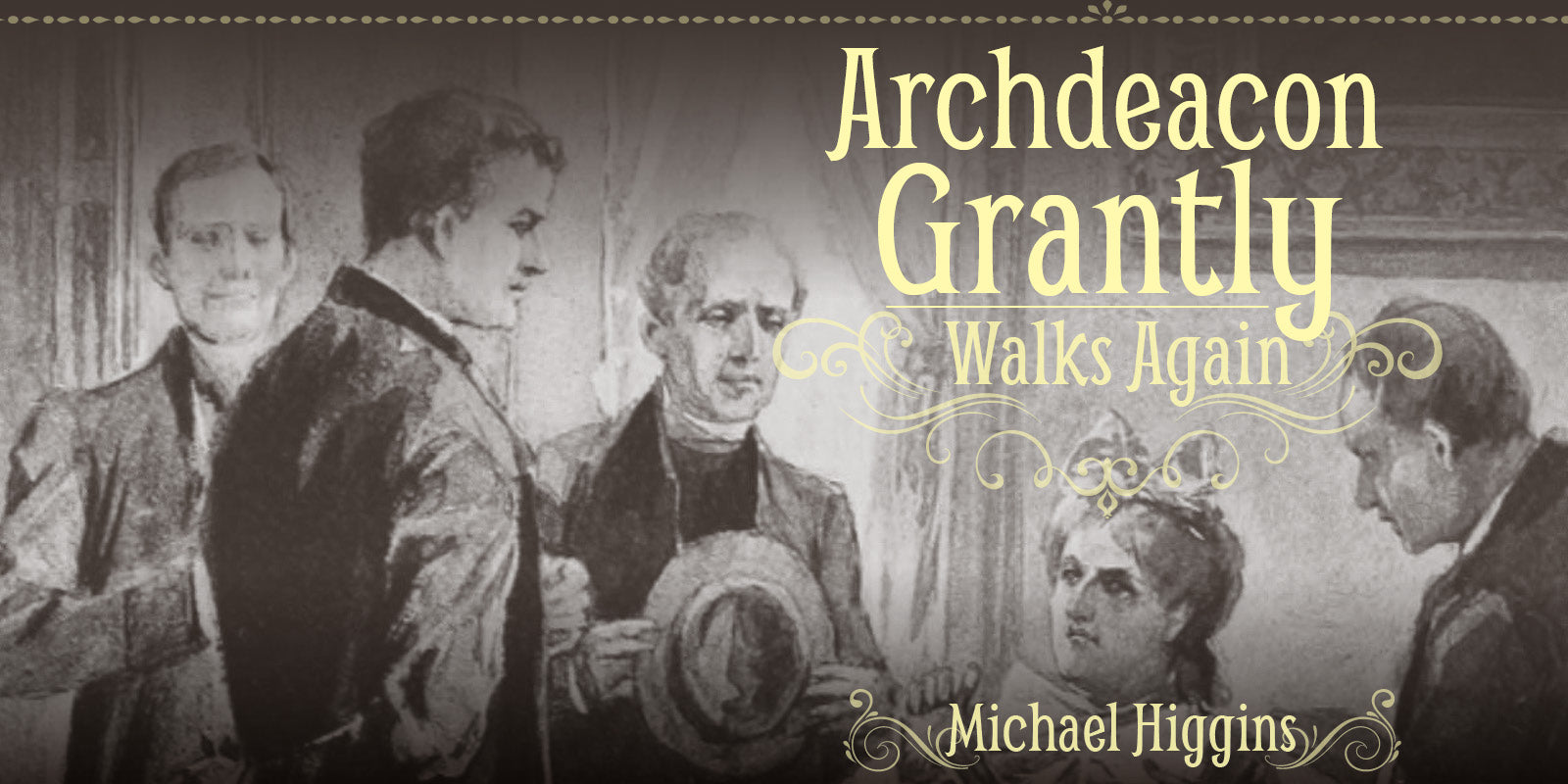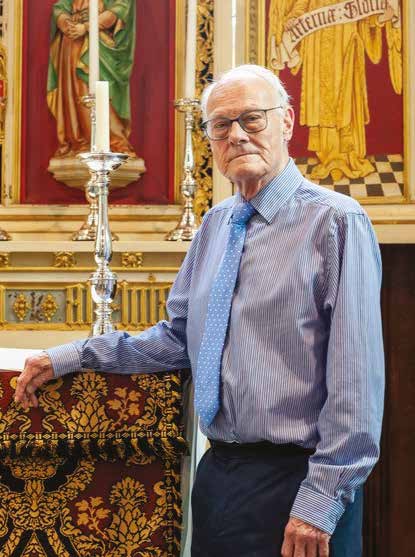In this exclusive interview, Barbara Greig reveals the inspiration for her new historical novel Secret Lives and shares how she brought together fact and fiction in her story of sixteenth-century Europe.
Barbara, your new novel Secret Lives will be published by Sacristy Press at the beginning of October 2016. Can you tell us what the story is about?
Secret Lives tells the story of Luis Gharsia, a young Morisco, and is composed of two parts. The first part of the story covers his life from 1530 to 1547 and the second continues the story up to 1557.
What inspired you to write this novel?

The narratives of the major characters in the Pays d’Oc, Luis and Hernando Gharsia, Ysabel Bernade, her brother Guilhem Gaulbert and his family, and the Weavers in England, entwine as a result of pilgrimage, learning, and trade. Luis’s story brings together two flourishing economic centres, Cahors in France and Bridgwater in England, via the port of Bordeaux. The production and exportation of Cahors wine, and of saffron, are central to the plot as it enables Luis to meet Thomas Weaver and his children, Alyce, Richard, and Meg, as well as their cousin, Matthew Blake.
Secret Lives is an historical novel. How did you negotiate the blending between fact and fiction?
When I read historical novels I am always fascinated by the blend of fact and fiction and, as an author, I have also been asked about this. My main characters are fictitious. Although the Gharsias, Ysabel Bernade, the Weavers, Matthew Blake, the Gaulberts, and the majority of the people they meet, are the product of my imagination, they are representative of the sixteenth century. They even became very ‘real’ to me, so much so that one minor character started clamouring for a greater role! I also lapsed into the realm of fantasy, influenced by the film Ruby Sparks. Who, in my novel, would I like to come alive? The jury is still out on that.
Are there any familiar historical figures in your novel?
Readers may be familiar with the more well-known figures of the era. Henry VIII and his children, Edward VI and Mary I, usually need no introduction but there are several who perhaps do. John Persone was the ‘Customer’ (chief of customs) at the port of Bridgwater, and Paul Bush, the first Bishop of Bristol, was married to Edith Ashley. The martyrs I have named, e.g. Thomas Whoode and Richard Woodman, suffered the fate described, and the gruesome death of the nameless tax-collector in Cognac is documented. There are others, too numerous to mention here, but a quick search on the net should provide answers for readers who want to dig deeper.
How accurate is the historical context of Secret Lives?
The events involving my characters are the result of my research and, as such, are subject to my interpretation. Nevertheless, I believe I have remained true to the facts. Where I have taken liberties is in placing my characters in context. Having taught the period for many years, concentrating on Spanish, French, and English history, I felt comfortable with my understanding of the political and religious conflict (one of the main themes of the novel came to me in the middle of a lesson I was teaching on Mary’s religious reforms). I was less confident with some of the social and economic background, and it was on these areas that I concentrated most of my research.
Among many discoveries, I’ll mention just a few. The people in Quercy did use walnut lamps for lighting in the sixteenth century (I learnt this on a museum visit), and the historic rivalry between the vintners of the Lot valley and the administrators of Bordeaux still resonates in the region’s tourist literature today. There is, of course, no mention of a Luis Gharsia! However, there was a well-established trade route between Bordeaux and Bridgwater. I read about coinage I never knew existed, studied diagrams of rigging, checked trees and plants, and expanded my knowledge of viticulture. In the last activity I was helped by the fact that my husband and I are the proud owners of a vine. It is amazing what can grow in a 10’ by 8’ greenhouse. Some years it produces up to eighty bunches. Sadly, this year, it has only managed seven!
What real-life locations appear in your novel? Have you visited them yourself?
Yes, I have visited the locations in Secret Lives and I tried to make my characters’ world as authentic as possible. The route the Gharsias followed from Spain to France will have changed little over the centuries. The view of the Cirque de Gavarnie (now a UNESCO World Heritage Site) is still just as spectacular as it would have been when sixteenth century pilgrims made the arduous journey from Compostela. The windows of Auch Cathedral have remained striking in their density of colour and the iconic bridge at Cahors (although restored in 1879) is thrillingly medieval.
The old city of Cahors is inspiring. It transports you back to another time and it is easy for me to believe my characters walked its uneven streets. The small house on the corner of Place St Urcisse is now a restaurant, usually full of locals enjoying the excellent menu, while Ysabel’s house is based on the wonderful Maison du Henri IV. Many farmhouses in Quercy retain their old features although I had to be careful not to include the distinctive dovecotes which didn’t make an appearance until the seventeenth century. The Gaulberts’ home is modelled on the farm where I tasted my first glass of Cahors wine (some time ago) and witnessed lambing in summer.
In the English places my characters visit the medieval remains are not so numerous but there are some gems for the novelist. The old streets of Bridgwater and Lewes are still discernible, especially if you have a good map. The priory ruins in each town provide a rich resource and, in Lewes, Anne of Cleves’ house gave me the idea of Edward Mercer modernizing his substantial property. London, of course, has been mapped continuously in its history so that locations and routes can be plotted relatively easily.
What about the language you use? Did you change any of it to reflect sixteenth-century norms?
One point which might be worth mentioning in Secret Lives is the spelling of names. To help with authenticity I have used the sixteenth century spellings, although with the caveat that there were variations e.g. Ysabel, Piere, Guilhem and Alyce. For place names in the Pays d’Oc, I have used the Occitan versions which are regularly seen on signs in France. Hence, Caors (Cahors), Bordèu (Bordeaux), and Marshilha (Marseilles) amongst others.
Last but not least, I will end with the wine which is a ‘character’ in its own right. I used the old name for the grape variety – l’Auxerrois. It is what we now know as Malbec.
So, on the question of fact or fiction, Secret Lives combines the two. It is a story of fictional characters who live through the very real events of the sixteenth century.
The first part of Secret Lives will be published on 1 October 2016. Order your copy now!
